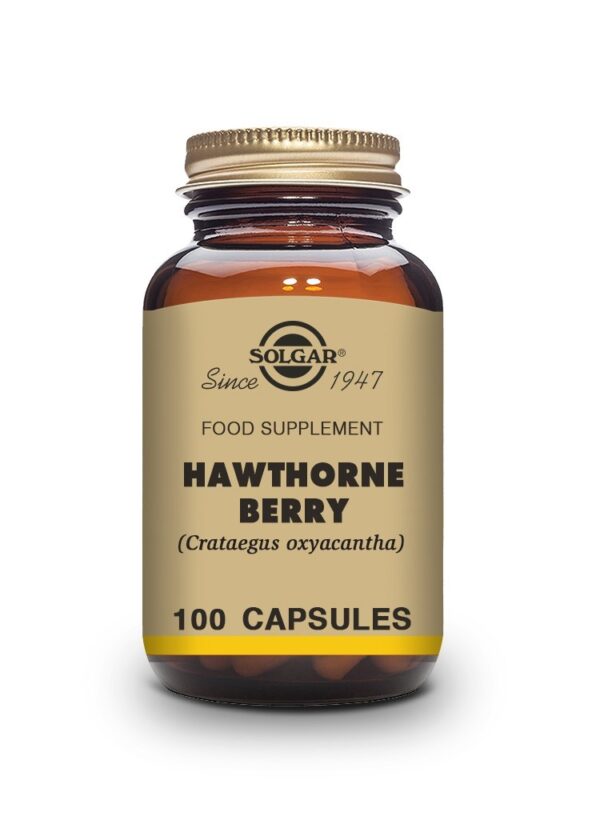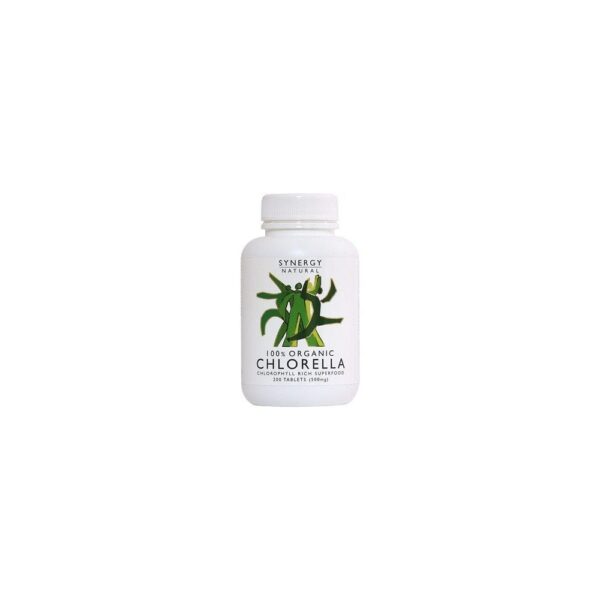Description
Hawthorn drops (Crataegus Monogyna)
A member of the rose family, Hawthorn (Crataegus monogyna) is a thorny, flowering tree or shrub native to temperate regions of Europe, North America, and northern Asia. Though the tiny sweet red berries (“haws”) are use in jams, jellies, candies, and wines, all parts of the plant—the leaves, flowers, berries, stems, and even the bark—have long been use in herbal medicine as digestive, kidney, and anti-anxiety aids. It’s also prominent as a tonic for treating cardiac diseases and for strengthening the aging heart, a use that dates back to the first century.
During the Middle Ages, hawthorne is employ for the treatment of dropsy, a condition that’s now call congestive heart failure. The first study on hawthorn, published in 1896, reported on 43 patients suffering from various forms of heart disease who were treated with hawthorn with promising results.1
In modern times, this ancient medicinal herb, which is widely available in many forms as a dietary supplement, is still popular for its effects on heart health, primarily:
- Angina, chest discomfort or pain that results when the heart doesn’t get enough oxygen
- Atherosclerosis, a chronic, progressive disease caused the build-up of plaque in the arteries
- Congestive heart failure, a progressive condition that affects the pumping power of the heart muscle
- High blood pressure, when the force of your blood pushing against the walls of your blood vessels is consistently too high











